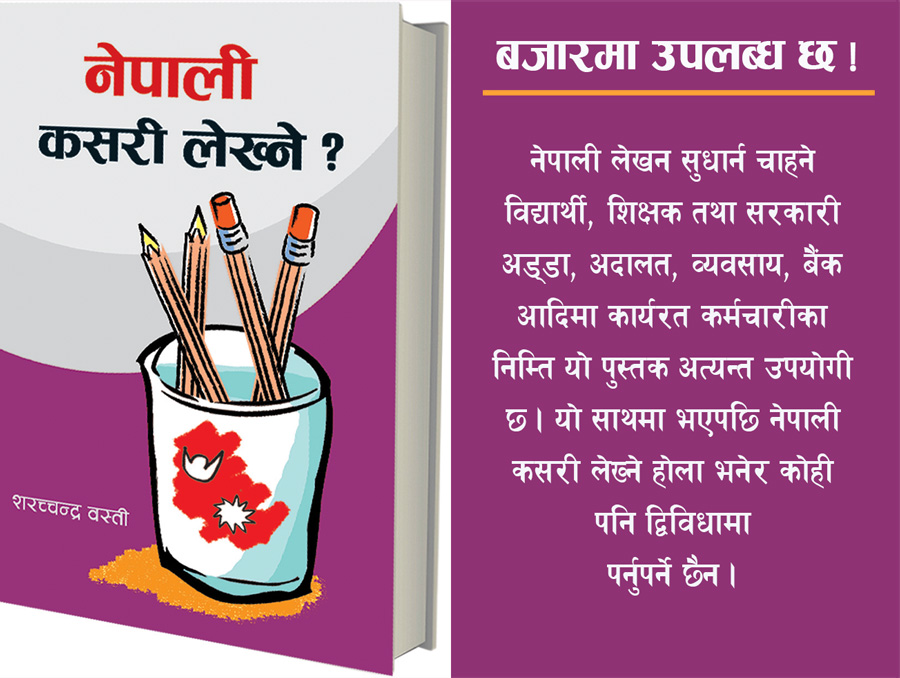Acting Out Using Drama in the ELT Classroom
Many students lack confidence in speaking and listening, and are reluctant to use their English in front of large groups of people. Using dramas in the English classroom is a way to engage students in a creative, active, and confidence-building group activity.
In many countries the English classroom is a place of order, characterized by the repetitious memorization of spellings and greetings, reading turn-by-turn, and writing descriptive paragraphs about one’s own family. Many students lack confidence in speaking and listening, and are reluctant to use their English in front of large groups of people. Using dramas in the English classroom is a way to engage students in a creative, active, and confidence-building group activity. To teachers and students who have never used drama in the classroom before, the first effort may seem strange, and both teachers and students may be unsure of how to begin. This article seeks to give helpful suggestions for those interested in utilizing dramas in their own English classrooms and describes a step-by-step process to introduce drama to a group of beginner students with little or no previous experience.
The Number System
Students love playing and acting but are nervous about performing and memorizing lines, especially if the play has two or three main characters. For your first drama (and even second and third) use the “number system”. For the first few times drama is used in the classroom give each student their line(s) written on a piece of paper with a number in the corner. The number indicates the order in which students speak their lines during the drama. The student who has number 1 is the first student to speak, the student who has number 2 is the second student to speak, and the student who has number 10 is the tenth student to speak, etc. If the student has more than one line, for example if they are the 2nd person to speak and again the 11th person to speak, write that number by the line(s) they are supposed to say at each time.
Next, make small square pieces of paper with the numbers to hold up during the performance so if they forget their order they can look at the number and know if it is their turn or not (by seeing whether it is their number or not). If you have 30 lines in the drama, your numbers should be from 1-30. Let students read their lines from their paper during the drama. Being able to read their lines and know their order makes students less nervous. The number system is an especially good method for the students with multiple lines or those playing main characters since they may have several lines of dialogue spaced out by other lines or narration. After students become more comfortable stop letting them read their lines but continue using the number system, until they are confident enough to operate without it.
Finding and Creating the Best Drama for Your Class
Teachers may modify existing scripts and write original scripts to fit the specific needs of each class. If a drama has five narrators and five main characters, but you need lines for twenty students, divide each of the narrators’ parts into fifteen separate lines. Instead of five narrators saying three lines each, you now have fifteen narrators saying one line each. This makes the drama easier because each student has fewer lines to memorize, but also more students are able to participate. The goal of using dramas in the classroom is full class participation. It is a chance for all students, not just those most comfortable with acting and speaking, to learn and practice their English.
................
Creative Corner
Need a way to energize your class at the beginning or end of a lesson? “Simon Says” and “Buzz” are fun games that also test your students’ listening skills.
SIMON SAYS
In “Simon Says”, students must listen to your commands. They can only follow commands that are said after “Simon Says…” For example, if you say “Simon Says touch your nose,” all students must touch their nose. If you only say “touch your nose” students shouldn’t move! If they do, they lose and must sit down. The last student standing is the winner.
BUZZ
In “Buzz” students are told a number that is taboo. They cannot say this number or its multiples. For example, if the taboo number is 5, they cannot say 5, 10, 15, 20, etc. Turn by turn the students count from 1. In place of the taboo number and its multiples they must say “Buzz”. If they say the number instead of “Buzz” they lose and must sit down. The last student standing is the winner.
...............
Next, be sure that all the students know what the drama means. Before beginning to practice or assigning characters, go over difficult words and make sure all students understand the story and each character. Practice several times, including where all the students are going to stand. The first one or two times a class performs a drama it will help the narrators to stand in a line or semi-circle in the order in which they speak. This way they have both the number system to look at, and the student next to them speaking his or her part. This alerts the next student his or her turn is coming.
Finally, making masks and costumes is a wonderful way to get the students excited for the drama. Narrators can make or bring a “narrator uniform” such as a hat, tie, or nametag. Characters can make masks or costumes from paper or clothes available at school or at home. Making the masks and costumes is best as an in-class activity. Creating masks and costumes as a group makes everyone feel excited and a part of the drama preparation.
The following is a suggested step-by-step process for performing dramas with a group of beginners:
1st Stage: Goal - Getting Students Comfortable with the Idea of Performing
Choose a short drama. Ask students to volunteer for parts, making sure not to assign the quietest students the parts that require the most speaking (in the beginning they will be more comfortable in smaller roles). Let students read their lines from a small piece of paper and use the number system. Have narrators stand in a line or semi-circle, in the order in which they speak. Being able to read their lines, look at the number displayed to see if their turn is coming, and also knowing when their turn is coming by seeing and hearing whose turn it is now, makes students comfortable enough to perform in their first drama. Be sure to tell students that mistakes are OK and that the drama is for fun. Do not critique them too much.
2nd Stage: Goal - Line Memorization
For your next drama find or write a play that has relatively even lines (the main characters don’t do the majority of the speaking – perhaps they act out the scene but the narrators describe what is happening). This way each student has about the same amount to memorize. Have all the students memorize their lines. Narrators may still stand in a line or semi-circle. Practice the drama several times, still using the number system, so they are comfortable with their speaking order and reciting their memorized lines. The number system and stage position helps them know when it is their turn to speak, but now they are challenged by memorizing their line(s).
3rd Stage: Goal - Expanding Acting Ability
Choose a more difficult drama. Give longer lines to students who seem very comfortable with drama performance and memorization. Encourage students to “act” more and get into their character role as a “Lion”, “Magician”, or “Shopkeeper”, etc. Practice many times and give students suggestions for acting their part better. Students do not stand in order of speaking (in a line or semi-circle). Use the number system, but also tell students to know which student speaks before them so that in the next drama performance the number system is no longer required.
4th Stage: Goal - Complete
Comfort with Performing
In the next drama challenge students by giving them multiple lines to learn. Practice several times and give students suggestions for acting better and reciting their lines better. Do not use the number system or let students stand in the order in which they speak. Remind students to remember who speaks before and after them so each student knows when his or her turn is coming.
Each of these suggested drama stages can be adapted to your classroom. Perhaps your class will need to perform several dramas at the 2nd or 3rd stage before they can move on to the 4th stage. It is best to perform the class drama in front of other students from the school or at a special school program. Each time your students prepare for and perform a drama they will be more comfortable and excited. Performing dramas increases creativity, confidence, ability to perform and speak in public, English language confidence, ability to memorize, and makes learning English fun!
The auther is English Teaching Assistant at USEF Nepal/Fulbright Commission



